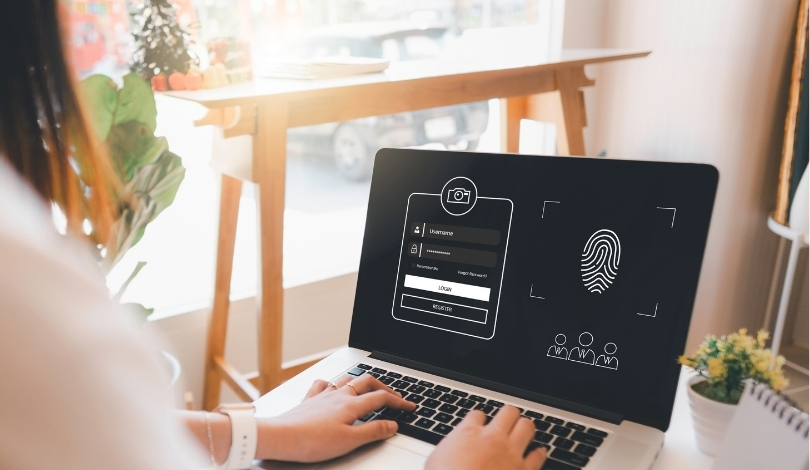Cybersecurity experts have detected a sophisticated campaign targeting macOS users, orchestrated by a threat actor identified as “markopolo.” This campaign utilizes Vortax, a seemingly legitimate virtual meeting software, as a delivery mechanism for potent malware. The malicious campaign aims to compromise the security of cryptocurrency users and exploit vulnerabilities in macOS systems. Further details about the malware involved can be found on Recorded Future’s official blog.
Weaponized Meeting Software
The Insikt group from Recorded Future has flagged a prolonged attack on macOS users, specifically targeting cryptocurrency enthusiasts. The Vortax application, which serves as a medium for three significant infostealers—Rhadamanthys, Stealc, and Atomic macOS Stealer (AMOS)—is at the heart of this campaign. These infostealers are designed to extract sensitive information, posing a severe threat to user privacy and security.
The malware is predominantly distributed through social media platforms, where it is promoted as legitimate meeting software. Users are tricked into downloading the malware via phishing links and direct messages containing unique “Room IDs.” These Room IDs, when entered on the Vortax website, redirect users to malicious download links. This method has proven effective in compromising numerous systems.
Mitigations
Recorded Future’s analysis of the Vortax installers for both Windows and macOS indicates that the application delivers Rhadamanthys and Stealc, or AMOS, respectively. This large-scale credential harvesting operation suggests that the threat actor, markopolo, could be functioning as an initial access broker or a dark web log vendor. This highlights the increasing need for improved security measures to protect against such sophisticated attacks.
Organizations must enhance their security posture by deploying advanced monitoring and mitigation strategies. Regular updates to AMOS detection systems are essential to prevent infections. User education on the risks associated with downloading unapproved software, especially from social media, is also crucial. Implementing strict security controls and encouraging the reporting of suspicious activities can further bolster defenses against these threats.
Historical campaigns linked to markopolo have targeted Web3 gaming projects, utilizing shared hosting and command-and-control (C2) infrastructure. This recurring pattern underscores the adaptability and persistence of this threat actor. The current campaign’s focus on macOS users, particularly those involved in cryptocurrency, indicates a strategic shift to exploit lucrative and vulnerable targets.
Comparatively, past attacks by markopolo have not exhibited the same level of sophistication or targeted approach as the current Vortax campaign. The integration of multiple infostealers and the use of social media for distribution demonstrate an evolution in tactics. This indicates a growing threat landscape that demands continuous vigilance and adaptive security measures.
Organizations must leverage robust intelligence and monitoring systems to detect and mitigate macOS malware threats effectively. Custom watchlists can enhance visibility into infostealer activities, while proper credentials and brand monitoring provide insights into compromised data. By adopting these measures, organizations can better protect their digital ecosystems from evolving cyber threats.
For more information, visit: Recorded Future’s official blog.










